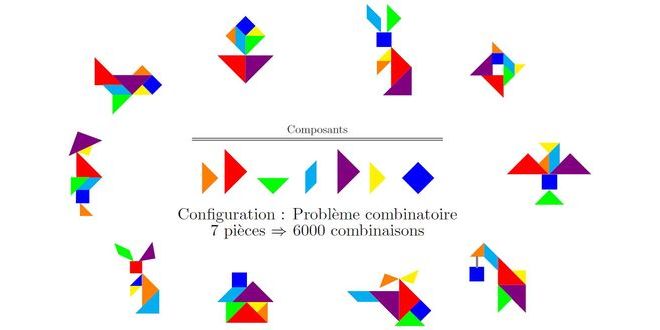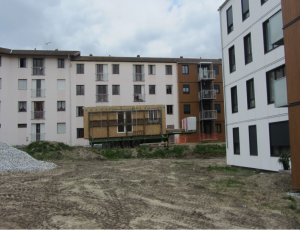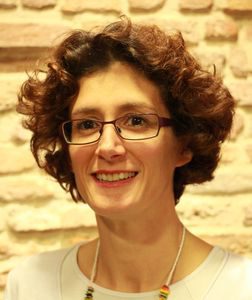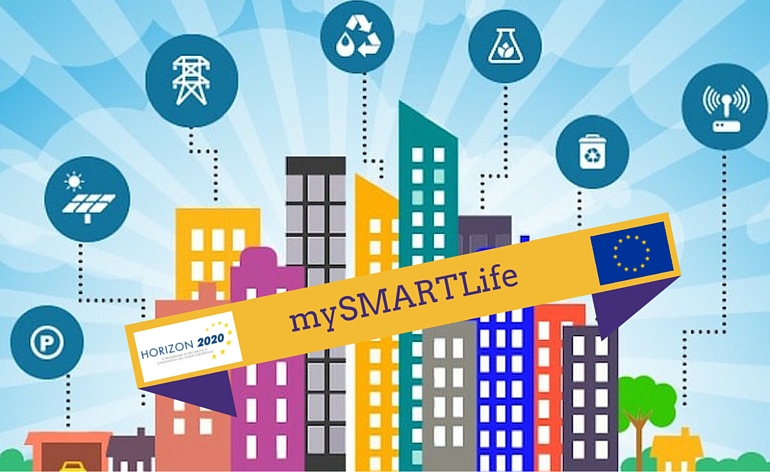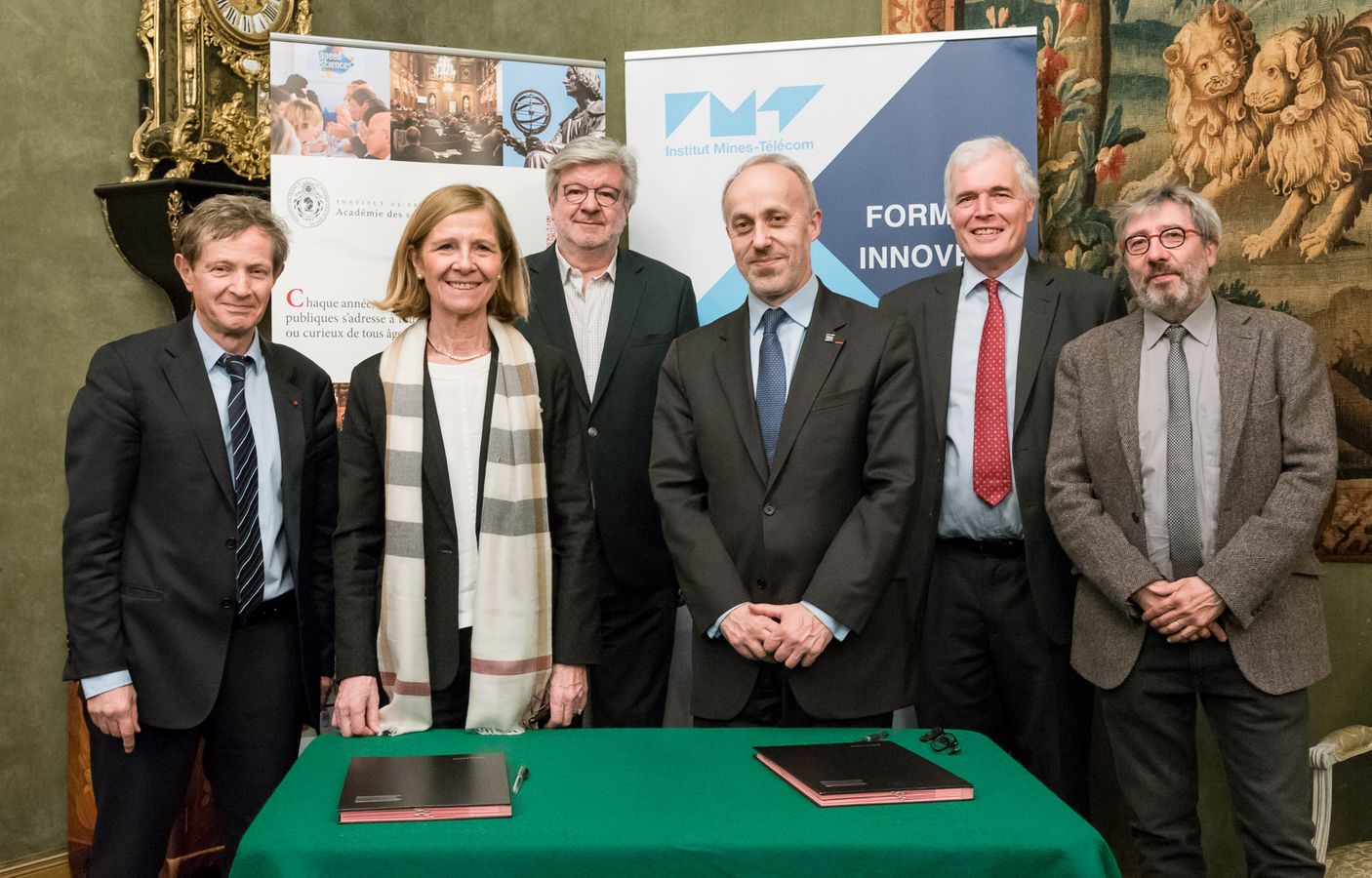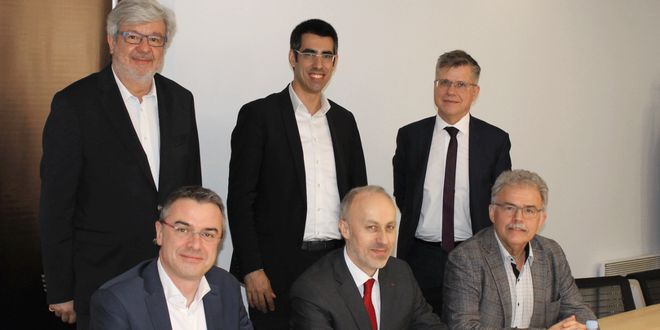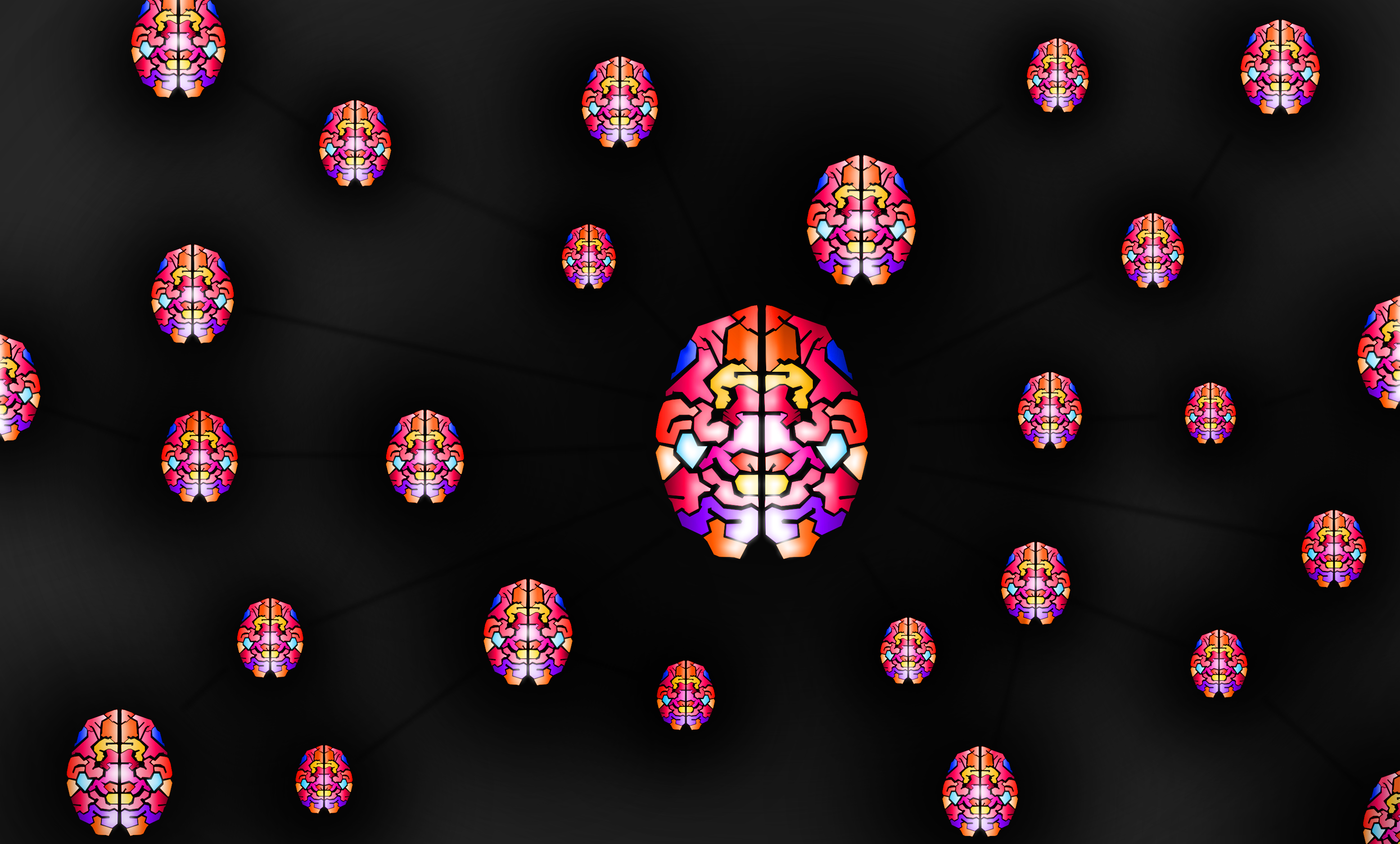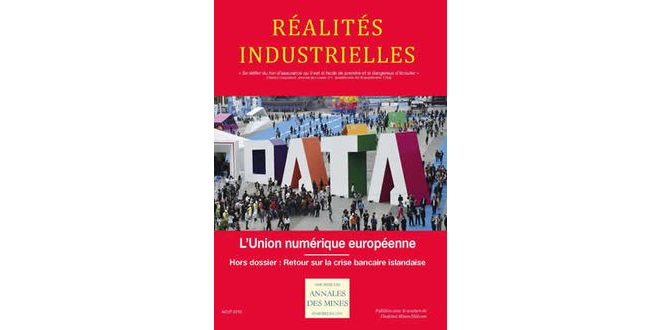Scientific description of industrial experience
At Mines Albi, Elise Vareilles works on “product configuration”, which entails understanding industrial constraints and considering them scientifically using IT. This multidisciplinary work is based on experts’ experience which must be recorded before the people in question retire.
When you order a car and specify the color, engine type, extras and delivery deadline, you are generally unaware of the complexity of the IT tool which allows these preferences. Each choice leads to constraints that have to be taken into account at each stage: ordering a more powerful engine, for example, entails having larger wheels. The software also communicates with the consumer in order to guide their choices. So, when the client wants a short deadline, only certain options are available and must be proposed in the computer interface. This discipline is called product or service configuration, and it is what Elise Vareilles and her colleagues at Mines Albi are working on.
Understanding expertise
“We start with businesses’ knowledge of their products and then formalize it. In other words, we determine what constraints there are,” the researcher explained, “next, we develop an IT tool to consider this knowledge and deduce rules from it in order to offer consumers something that corresponds to their needs in terms of price, options and timing.”
This multidisciplinary work is on the border between industrial engineering and artificial intelligence. “This multidisciplinarity is our specificity”, confirms Elise Vareilles, who has acquired specialist knowledge in very different industrial fields. But paradoxically, this research which may seem purely technical includes a considerable amount of human sciences. Besides the technological aspects, the researchers are also interested in professionals’ expertise. “An employee with 30 years of experience knows what he has to do to optimize a process,” explains Elise Vareilles, “but this means that it is a disaster when he retires. We formalize knowledge that can only be acquired with experience.”
The importance of knowledge
However, this knowledge is extremely difficult to formalize because experts find it difficult to explain their processes, which feel so natural to them. It is like a meal cooked by a great chef: even if we have the exact recipe and quality ingredients, we won’t get the same result because a chef’s skill is only learnt with years of practice. In the same way, when we learn to ride a bike no-one can really explain how to keep balance; it is only through practice that we become skilled enough to ride without help from our parents.
[box type=”shadow” align=”” class=”” width=””]
Product configuration at the service of energy efficiency
If we want to meet the French target of thermally renovating 500,000 residences per year, the process needs to be industrialized. This is why the Agency for the Environment and Energy Efficiency (ADEME) launched the “Minimum carbon footprint and positive-energy buildings and blocks” call for expressions of interest in 2012 for the external insulation of a building containing 110 social housing units in Saint-Paul-lès-Dax (Landes). This project, called Criba, aims to “develop an industrialized technical solution for renovating multi-unit housing”. Elise Vareilles and her team developed a software program to help architects design and draw the building after renovation. “We developed an algorithm proposing different renovation solutions,” Elise Vareilles explained. “to do so, we based our work on photos of the different sides of the building taken by drones, which allowed us to build a 3D digital model that we enhanced with various architectural data. Lastly, we took different constraints into account, such as the local urbanism plan, the operator’s restrictions (in particular their budget) or architectural requirements.” The project was launched in 2013, will be completed in January 2017 and will cost €8 million.[/box]
Product or service configuration can be applied to a number of processes, such as choosing a complex product like a car, or the optimization of industrial processes with a large number of constraints, as Elise Vareilles did with a process of heat treatment for car gears. Such configuration also includes helicopter maintenance, airplane design or external renovation of buildings (see inset) etc. Even medicine can benefit from it. “We have configured the treatment program for pregnant women at the University Hospital Centre in Toulouse,” the researcher explained, “If we see that a patient is diabetic, for example, the whole program is automatically adjusted to include specific appointments, such as regular blood tests.”
Knowledge is capital
This research is very multidisciplinary. Of course, it requires skills in IT and artificial intelligence, but the researchers must also acquire knowledge in the subjects involved, such as heat treatment, engineering and aeronautics. Last but not least, interviewing experts almost comes under sociology. The researcher feels strongly about this point: “experts’ knowledge is vital capital that must be preserved and passed on before it is too late. Once the experts leave, there is nothing I can do.”
Élise Vareilles promotes science among young girls
After a DEA (the ancestor of the Research Master’s 2) in IT at Paul Sabatier University in Toulouse, Elise Vareilles had the opportunity to do a PhD on a European project about a heat treatment process. It was perfect for her, given that she prefers working on concrete projects rather than theoretical IT. “It’s motivating to know what it’s used for!” Thanks to this project she acquired knowledge in industrial engineering which helped her join Mines Albi in 2005. It is a choice she does not regret: “the work changes every day, and we meet lots of people. We write code, but do other things as well.” Elise Vareilles is also very committed to promoting science among young girls in the Elles Bougent and Women in Aerospace associations. “It’s important that girls don’t limit themselves,” she highlighted, “I go into high schools and am shocked by the beliefs held by some of them, who say they are not good enough to continue studying!”

